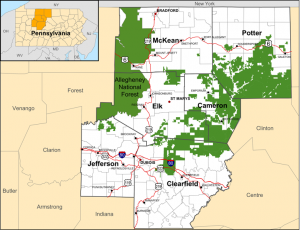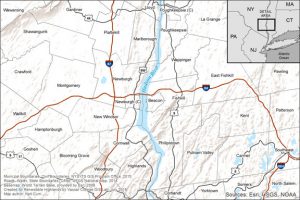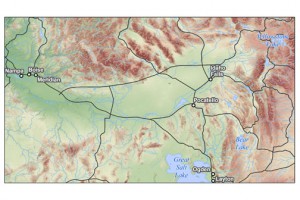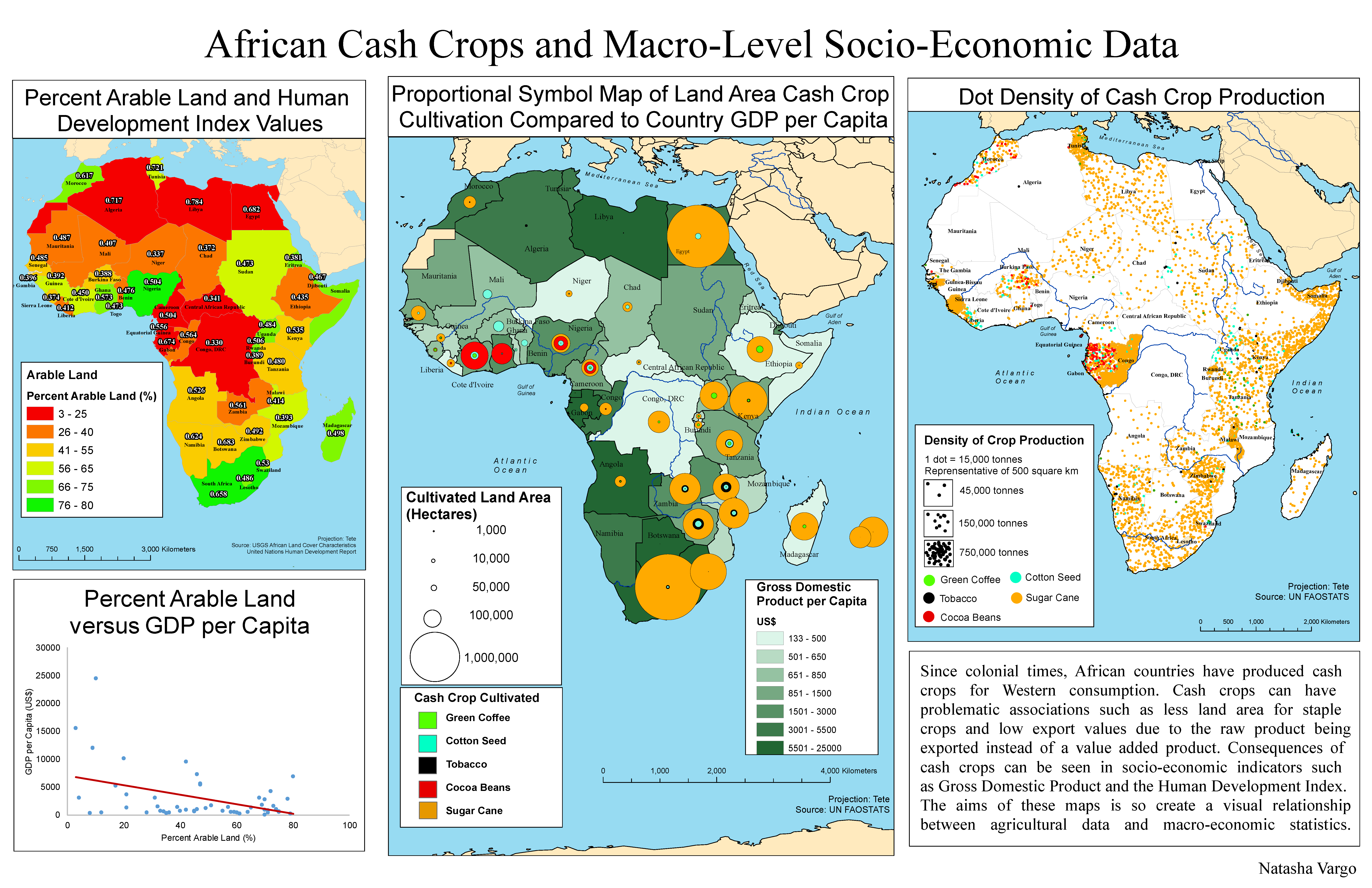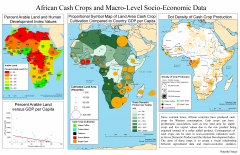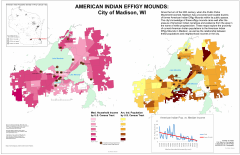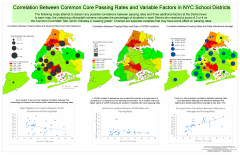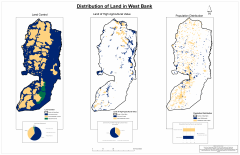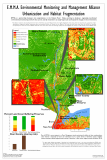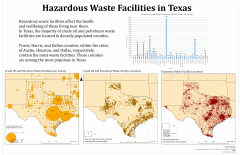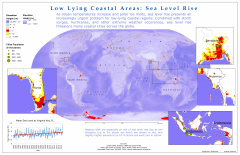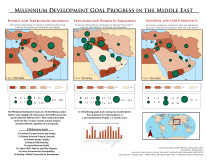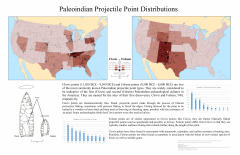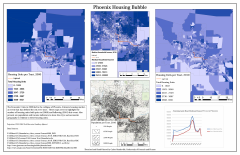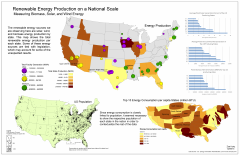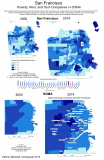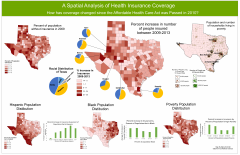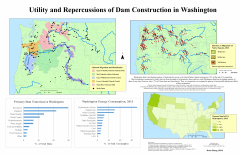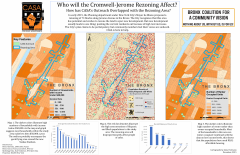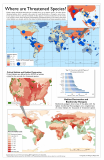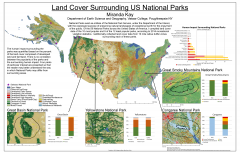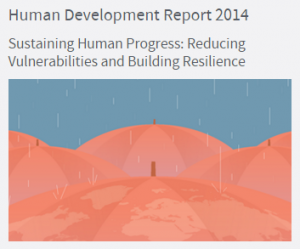 Students enrolled in GEOG 228 – Web Mapping: Advanced Approaches to Publishing recently completed their final projects for the semester. Students in this course create web maps, map apps, story maps using ArcGIS Online, which offers new opportunities to publicize and share spatial data. Other applications such as ArcGIS Collector app and Open Street Map promote group sourcing of data, which are explored as well. Students’ final projects were published on Vassar Maps and Apps and can be viewed at the class page.
Students enrolled in GEOG 228 – Web Mapping: Advanced Approaches to Publishing recently completed their final projects for the semester. Students in this course create web maps, map apps, story maps using ArcGIS Online, which offers new opportunities to publicize and share spatial data. Other applications such as ArcGIS Collector app and Open Street Map promote group sourcing of data, which are explored as well. Students’ final projects were published on Vassar Maps and Apps and can be viewed at the class page.
About
GIS and geospatial mapping are important tools for geographers and any student or researcher examining the location and distribution of people or resources. GIS enables us to examine patterns and processes in just about any field of study in which location is important. The purpose of this site is to share GIS knowledge, tools, and data gained from the experience of instructors, students, and other professionals in the field with the Vassar community and beyond.

